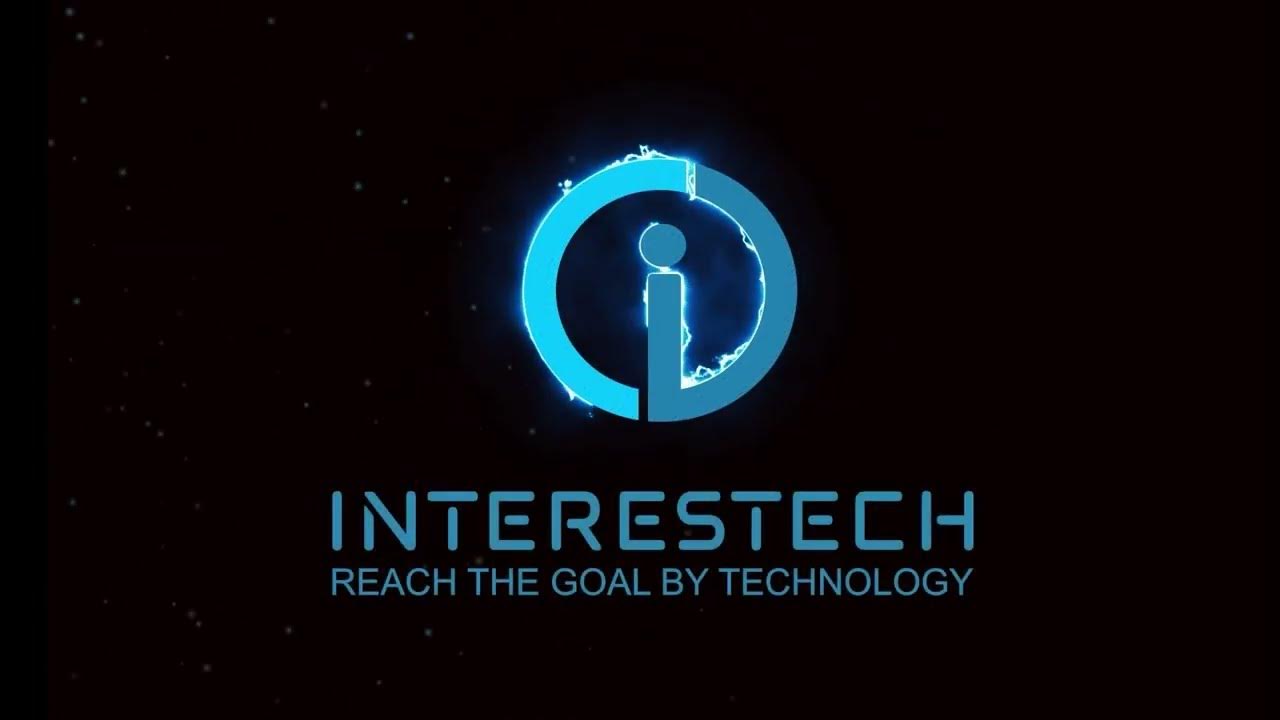MACAM-MACAM TRANSDUSER INPUT (SENSOR) UNTUK EMBEDDED SYSTEMS
Summary
TLDRIn this video, the speaker introduces various types of sensors used in electronic systems, emphasizing their importance as input transducers. The discussion covers how sensors like keypads, RFID, ultrasonic, PIR, and GPS sensors work, and their practical applications in fields like robotics, security systems, and environmental monitoring. The speaker explains the process of converting physical energy into electrical signals, followed by further processing and output through actuators. The video also highlights the differences between analog and digital systems, offering insights into sensor usage and coding implementation.
Takeaways
- 😀 Stay safe and healthy during the COVID-19 pandemic, and avoid leaving home unless necessary.
- 😀 The video focuses on explaining different types of sensors and their applications in embedded systems.
- 😀 Sensors act as input transducers that convert physical energy into electrical signals.
- 😀 The three main blocks in an electronic system are the input transducer (sensor), the process block, and the output transducer (actuator).
- 😀 Keypad sensors are used for code entry, where pressing a key generates an electrical signal.
- 😀 RFID sensors are used for access control, such as in hotels or office buildings, by scanning RFID cards or keychains.
- 😀 Ultrasonic sensors measure distances by emitting and receiving sonar waves, often used for proximity detection.
- 😀 PIR (Passive Infrared) sensors detect movement by sensing infrared radiation from moving objects.
- 😀 GPS sensors track location by receiving satellite signals and providing geographical coordinates.
- 😀 DHT11 and DHT22 sensors measure temperature and humidity, with the DHT22 offering better accuracy and decimal values.
- 😀 The GY-271 compass sensor detects magnetic fields to determine directional orientation (N, S, E, W).
Q & A
What is a transducer and how does it function in the context of sensors?
-A transducer is a device that converts one form of energy into another. In the context of sensors, an input transducer converts physical energy (like pressure or heat) into electrical signals or resistance, which can then be processed by a digital or analog system.
What are the three main components in an electronic device design?
-The three main components in an electronic device are the input transducer (sensor), the process block (which can be digital or analog), and the output transducer (actuator).
How does an input transducer like a keypad work?
-A keypad, such as a 4x4 matrix, is used to input data. When a key is pressed, it converts the physical action (pressing a button) into an electrical signal, which can then be processed by the system.
What is the difference between a digital and an analog system in processing?
-In a digital system, the data is processed using discrete values (such as 1s and 0s), which are suitable for microcontrollers. In contrast, an analog system processes continuous data and is typically used for physical systems where the output is continuously variable.
What is an RFID sensor and how is it commonly used?
-An RFID (Radio Frequency Identification) sensor is used for identifying objects using radio waves. It is commonly used in access control systems like hotel doors or office buildings, where a card or keychain is scanned to grant access.
How does an ultrasonic sensor work?
-An ultrasonic sensor works by emitting sound waves (sonar). When these sound waves encounter an object, they are reflected back to the sensor, and the time taken for the waves to return is used to calculate the distance to the object.
What is a PIR sensor used for?
-A PIR (Passive Infrared) sensor is used to detect motion by sensing changes in infrared radiation, typically from human bodies. It is commonly used in security systems or for automatic lighting systems.
How does a GPS sensor work in an embedded system?
-A GPS sensor is used to determine the geographic location of a device by reading satellite signals. It provides the latitude and longitude coordinates, which can be used in navigation or tracking applications.
What is the purpose of a color sensor like the TCS230?
-A color sensor, such as the TCS230, is used to detect the RGB (Red, Green, Blue) values of an object. It is typically used in applications where identifying or sorting objects by color is necessary.
What is the difference between the DHT11 and DHT22 temperature and humidity sensors?
-The DHT11 and DHT22 are both sensors for measuring temperature and humidity, but the DHT22 is more accurate and can read values with decimal precision. The DHT11 is less expensive but has lower accuracy and precision.
Outlines

Cette section est réservée aux utilisateurs payants. Améliorez votre compte pour accéder à cette section.
Améliorer maintenantMindmap

Cette section est réservée aux utilisateurs payants. Améliorez votre compte pour accéder à cette section.
Améliorer maintenantKeywords

Cette section est réservée aux utilisateurs payants. Améliorez votre compte pour accéder à cette section.
Améliorer maintenantHighlights

Cette section est réservée aux utilisateurs payants. Améliorez votre compte pour accéder à cette section.
Améliorer maintenantTranscripts

Cette section est réservée aux utilisateurs payants. Améliorez votre compte pour accéder à cette section.
Améliorer maintenantVoir Plus de Vidéos Connexes

IoT : Sensors vs Actuators

#2 Komponen dan Alat Pendukung IoT 1 (Komponen Dasar Elektronika, Sensor dan Aktuator)

What is a Sensor?Definition|Classification of Sensors|Importance of Sensors|Applications of Sensors|

Metrologia - Sistema de Medição (Parte 1 de 2)

Materi 2 Sensor dan Transduser

DIFFERENCE BETWEEN SENSORS & TRANSDUCERS|LECTURE SERIES OF SENSORS AND TRANSDUCERS|COMPARISION|S&T
5.0 / 5 (0 votes)
